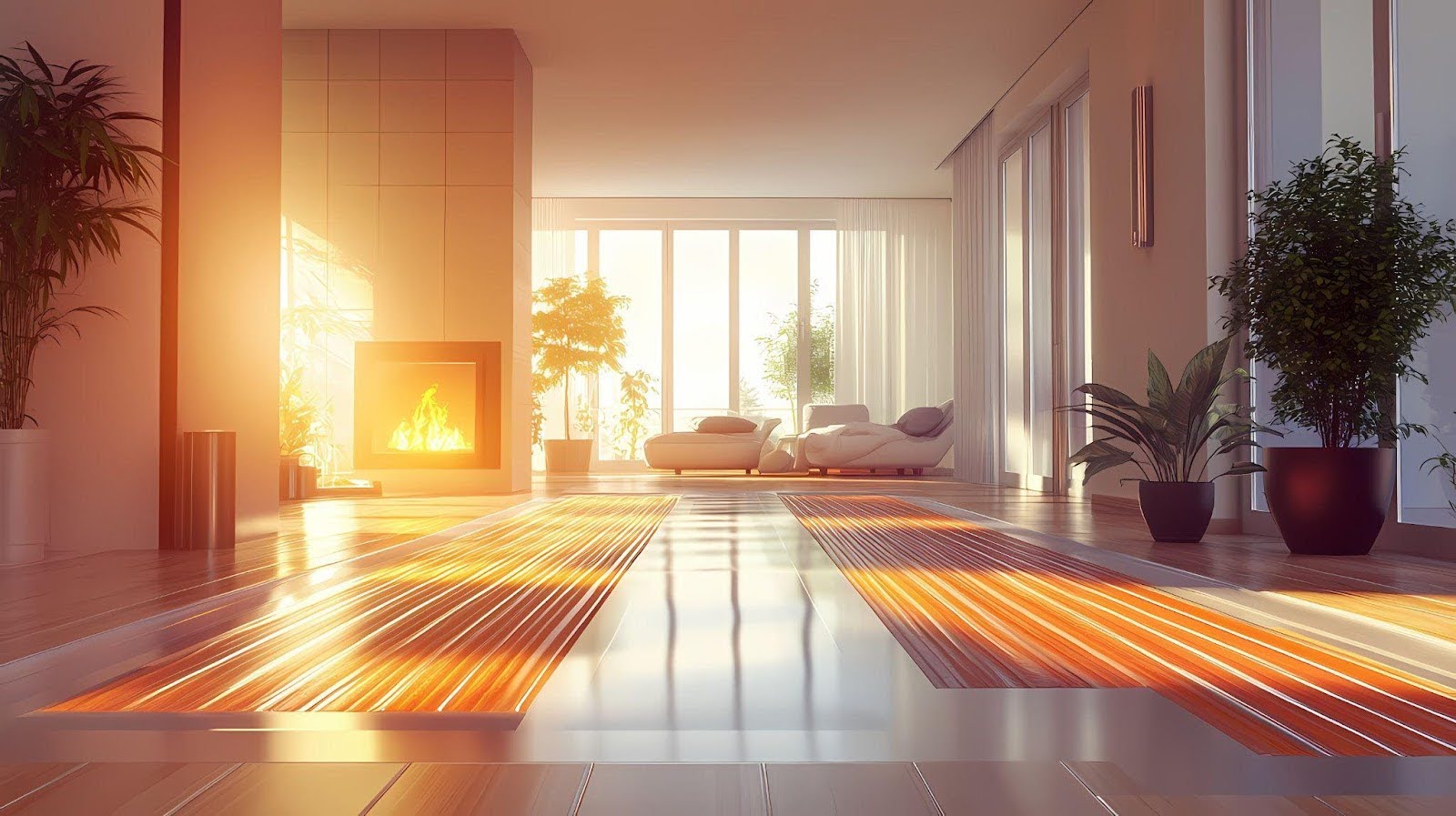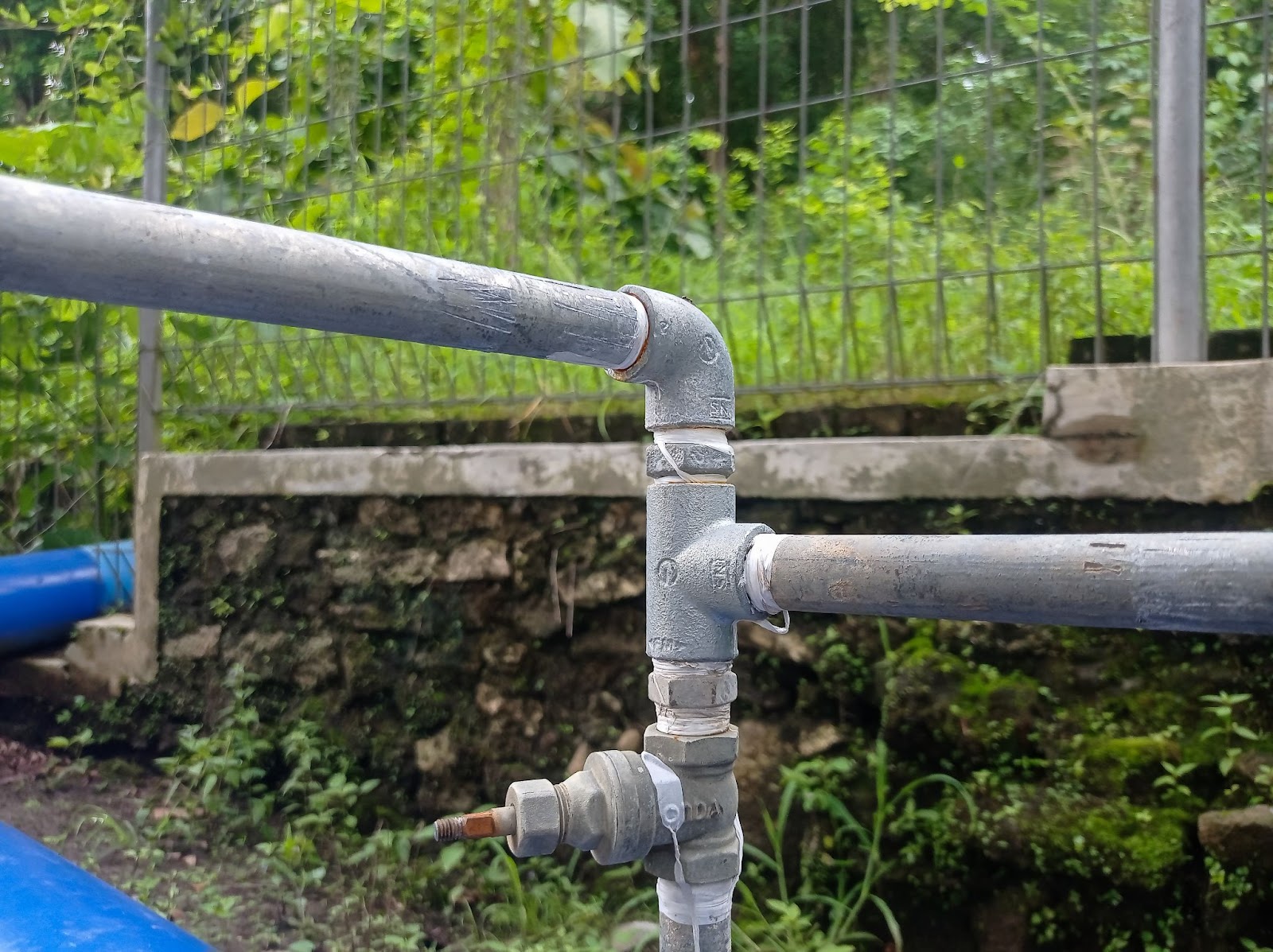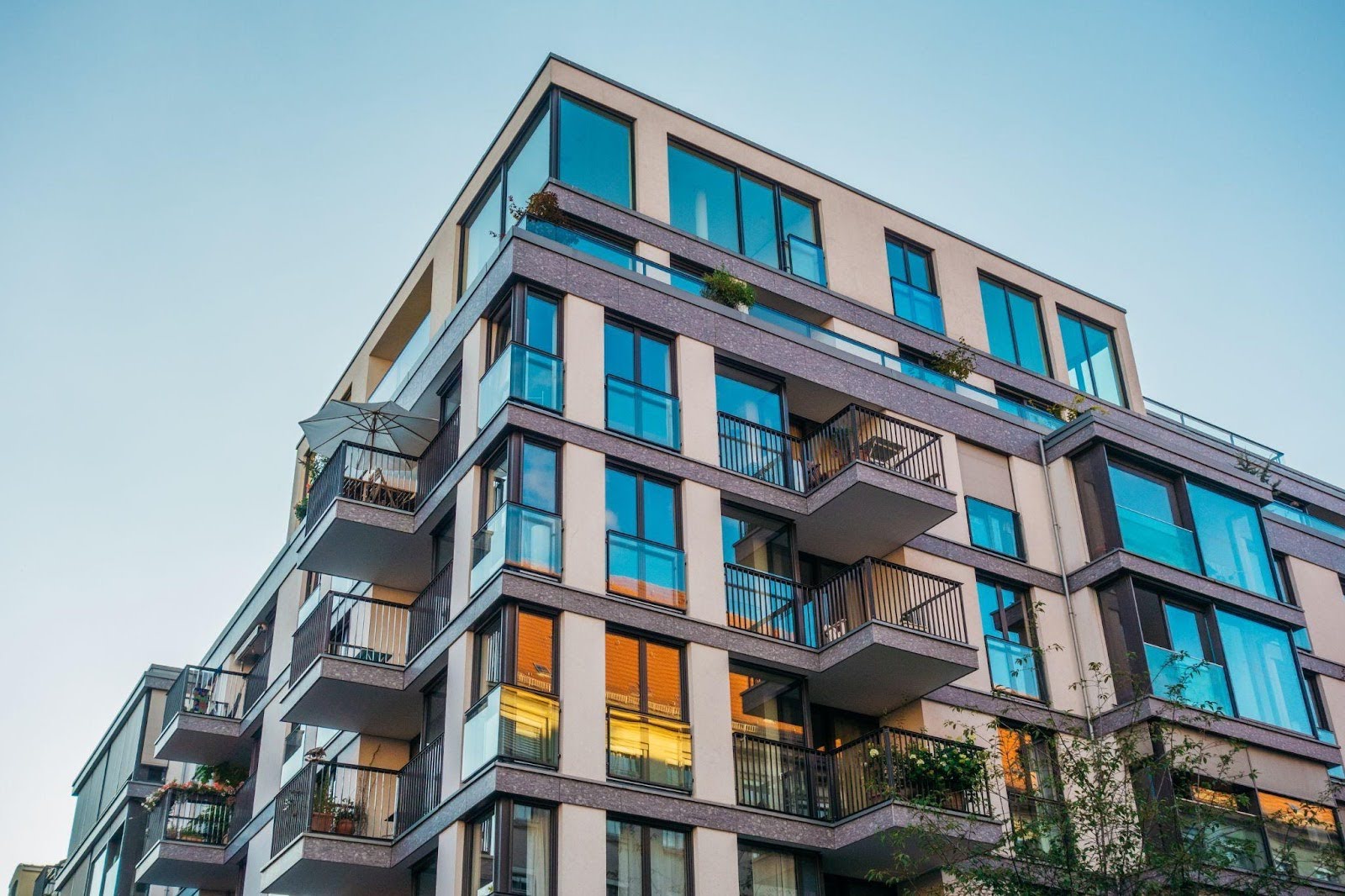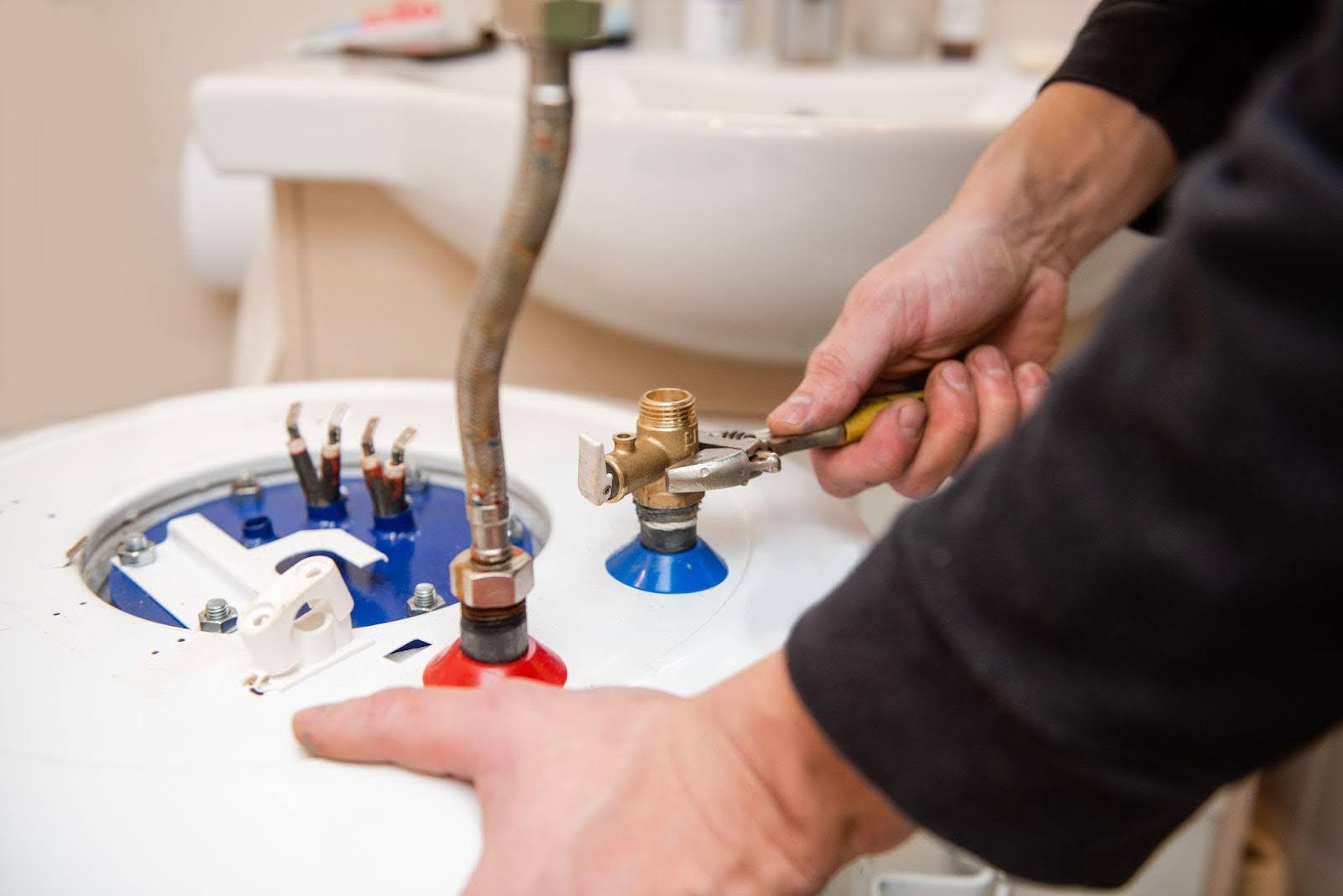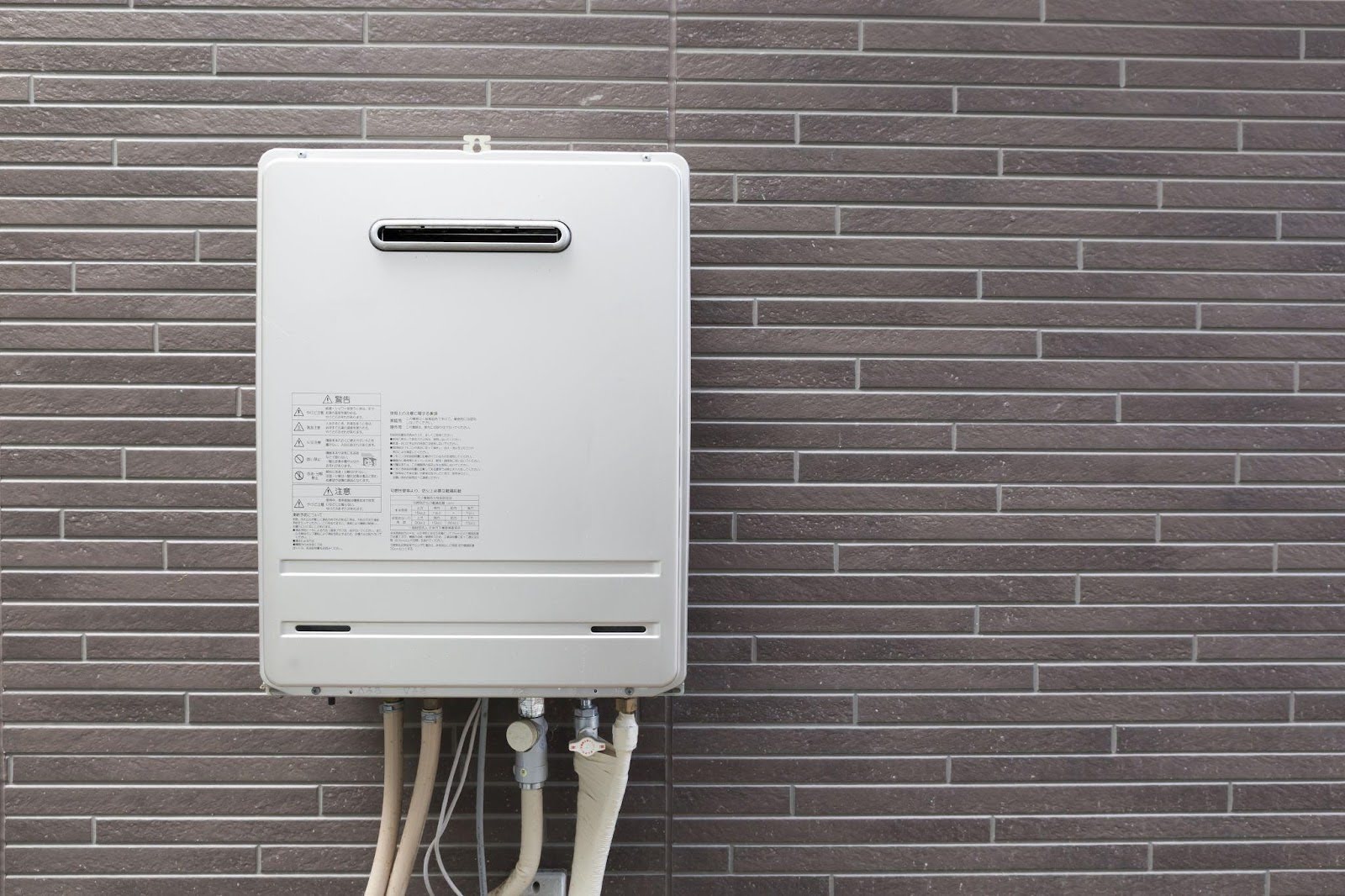When it comes to heating your home, comfort and efficiency are key — and that’s exactly why many homeowners are considering a radiant heating system.
Like any home upgrade, radiant heating has advantages and disadvantages. While it offers exceptional comfort, energy efficiency, and low maintenance, it also comes with higher upfront costs and specific installation requirements.
In this guide, we’ll break down the main pros and cons of radiant heating so you can decide whether it’s the right solution for your home.
What is radiant heating?
A radiant heating system warms the surfaces of your home — most often the floors — rather than blowing hot air through vents like traditional forced-air systems.
The system relies on either electric heating cables or hydronic tubing (filled with heated water) installed beneath the floor. As the floor warms up, it gently radiates heat throughout the room, creating an even, consistent temperature from the ground up.
Unlike forced-air systems, which may create drafts, have hot and cold spots, or stir up dust and allergens, radiant heating provides steady warmth across the entire space. Heat naturally rises, so starting at the floor ensures your living areas stay comfortable without wasting energy on overheated ceilings.
There are two primary types of radiant heating systems:
Electric radiant heating
Electric radiant heating uses heating cables beneath your flooring that work well for small spaces or supplemental heating.
Hydronic radiant heating
Hydronic radiant heating uses hot water circulated through pipes beneath the floor. This is more efficient for whole-home heating, especially in larger spaces.
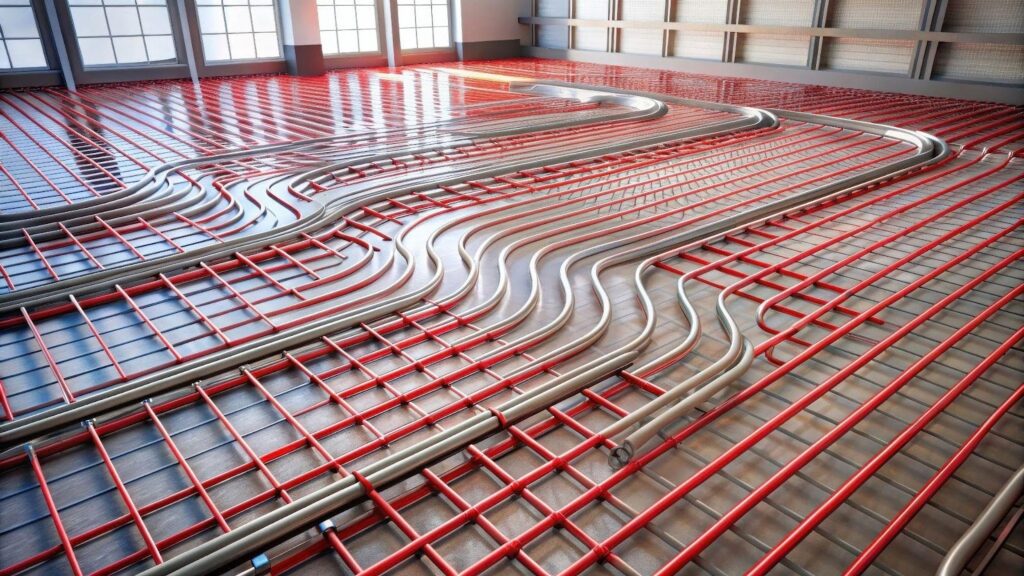
The pros of radiant heating
Consistent, even heat
Unlike forced-air systems that push bursts of hot air through vents and leave some areas warmer, radiant heating works by warming the floor. This heat radiates upward, creating a steady, even temperature throughout the space.
Energy efficiency
Radiant heating systems operate at lower temperatures than traditional systems while providing the same comfort level. They use energy more efficiently because they don’t lose energy through ductwork (like furnaces do). This efficiency often translates into lower utility bills over time, making radiant heating a smart long-term investment.
Health and air quality benefits
Forced-air systems circulate dust, allergens, and pet dander as they blow air around your home. Radiant heating avoids this problem entirely, since it heats the surfaces instead of circulating air. This makes it a healthier choice for people with allergies, asthma, or other respiratory sensitivities.
Quiet operation and low maintenance
There won’t be any more noisy furnaces kicking on or vents rattling when the air comes through. Radiant heating systems operate silently. They also have fewer moving parts than traditional HVAC systems, which means they require less frequent maintenance.
That said, professional radiant heat repair may occasionally be needed, but far less often than with other systems.
Space-saving design
Since radiant heating goes under your floors (or sometimes in walls/ceilings), there are no bulky radiators or visible vents taking up space. This allows for more freedom in designing and furnishing your home, especially in smaller spaces where every inch counts.
Longevity and durability
When properly installed and maintained, radiant heating systems are known to last decades. Hydronic systems, in particular, are incredibly durable. Unlike furnaces that often need replacement every 15–20 years, radiant heating outlasts them, offering excellent long-term value.
The cons of radiant heating
While radiant heating systems have many advantages, they also have drawbacks that homeowners should carefully consider before deciding if they are the right fit.
High upfront installation cost
One of the main disadvantages is the high upfront installation cost. Compared to forced-air systems, radiant heating requires more planning, specialized materials, and labor, which can make it more expensive to install — especially when retrofitting an existing home. New builds or remodels are often the most practical times to add this type of system.
Complex installation and repair processes
Another downside is the complex installation process. It isn’t quick or simple because the system involves laying heating elements beneath the flooring. It requires professional expertise, and DIY installation isn’t realistic or safe.
This also means that repairs, if needed, can be more disruptive since they often involve tearing up flooring to access the system. While radiant heat repair is rarely needed, when it is, the process is invasive compared to repairing a furnace or boiler.
Longer response time
Radiant heating also has a longer response time. Unlike a forced-air system that delivers a blast of warm air almost instantly, radiant heating works gradually, warming the floor and then the rest of the room. While this creates steady, even warmth, it may take longer to feel the effects, especially in colder climates where quick heat is sometimes preferred.
Flooring compatibility
Flooring compatibility might also be a concern. Not all flooring materials pair well with radiant heating. Thick carpets and certain hardwoods can limit heat transfer, reducing efficiency. Tile, concrete, and laminate tend to work best, which might limit your design options if you want to get the most out of the system.
Electric radiant systems may increase energy bills
Finally, while hydronic (water-based) radiant systems are energy-efficient, electric radiant systems can increase energy bills, especially in larger homes or areas with high electricity costs. Choosing the right type of system for your home’s size and budget is crucial.
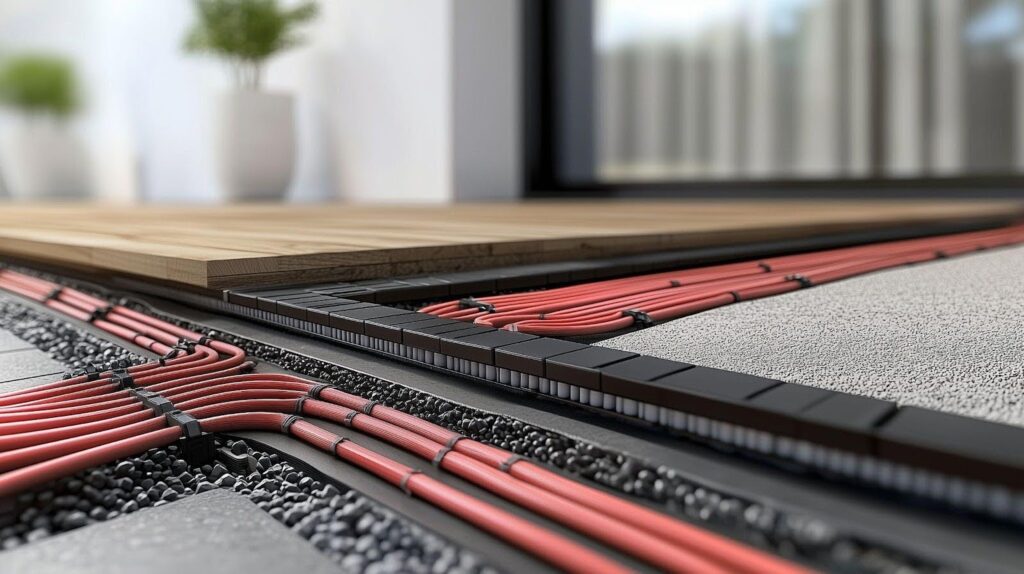
Is radiant heating right for you?
Deciding whether a radiant heating system is the right fit for your home comes down to your lifestyle, budget, and long-term goals.
If you value consistency and even warmth and dislike the drafts or uneven temperatures of forced-air systems, radiant heating can be a game-changer. It’s especially appealing for homeowners planning new construction or major renovations since installation is easiest at that stage.
However, you’ll want to weigh the upfront investment against the long-term benefits. While radiant heating may cost more to install, its efficiency, durability, and comfort often make it a smart choice for those who plan to stay in their homes for many years.
Radiant heat also benefits families with allergies or respiratory sensitivities, as it doesn’t circulate dust, pollen, or other airborne irritants like traditional heating systems do.
On the other hand, if your budget is limited or if you’re not planning to remain in your home long-term, the cost and complexity of installing radiant heating may outweigh the advantages.
It’s also important to consider your flooring preferences — tile and concrete work best with radiant systems, while carpet and some hardwoods can reduce efficiency.
Radiant heating is ideal for homeowners looking for lasting comfort, lower maintenance, and a healthier home environment. If you’re considering the switch, consulting with a professional is the best way to determine whether radiant heating aligns with your home’s structure and your family’s needs.
Call Salisbury Plumbing for expert radiant heating services
When it comes to installing, maintaining, or repairing your radiant heating system, you want professionals who know how to do the job right.
At Salisbury Plumbing, we specialize in radiant heating solutions that keep your home consistently warm and energy-efficient. From new installations to radiant heat repair, our team has the experience, tools, and dedication to ensure your system works flawlessly for years to come.
Don’t settle for uneven heating or unreliable contractors — choose the experts who put your comfort first. Contact Salisbury Plumbing today to schedule your radiant heating service and enjoy a home that’s cozy, efficient, and built for comfort.


